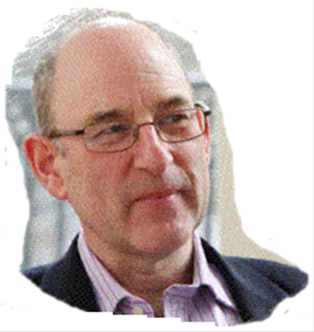


THE HISTORY OF TREBARTHA HALL - Extracts from a talk by Robert Latham in October 2011 |
||||||||||||||||||||||||||||||||||
| <<< To return to the "Trebartha & Trebartha Hall" page. | ||||||||||||||||||||||||||||||||||
| ||||||||||||||||||||||||||||||||||
| Click on a page number above. You are reading page 34 now. |
Robert Answered Questions From the Audience (with contributions from some of the audience) |

|
Q. Have you any knowledge about the crosses which are in the area of the old spring below where the old house was? Do you think the spring could have been the main source of water around which there was ancient settlement?A. They are very ancient crosses. I think that when horses of the Rodd family died on the moor they tended to be buried up there and crosses were plundered from odd spots to mark the locations and then at some stage the Rodds brought them down from the moors and put them around the spring in the garden near the site of the old house. One of the wayside crosses was discovered in 1899 in two parts built into the wall of an old barn at Battens. In 1908 Francis Rodd removed it to its present site. It is thought that the stone was set up to mark the route to the parish church from East Berrio via Battens. The spring may be a larder, there is a shelf in there but I have seen references to a spring being there with pure water. Amongst those crosses is the old Five Lanes road marker with five sides on it. I have found no reference to when the spring was first used. Trebartha does have its own water supply and there are a number of sources and at present there is a reservoir just behind Trebartha Farm. The house would have used large quantities of water and the spring seems not to provide sufficient water for the house. The need for water would have been on the high side of the house rather than the lower which is where the spring is. In the 1940 particulars of sale it is noted as being St Torney’s Well and noted for the exceptional purity of its water. Q. There are a number of old buildings around the church. Were they all part of the Trebartha Estate? If so, when did they become separate from the estate?A. Yes they were. By 1940, though, when the Lathams took over Trebartha Estate there was one isolated cottage slightly uphill from The Racehorse pub. The Racehorse used to be the village school. From Bill Budge:- The house referred to was the School House which was built for the schoolmaster to live in. My grandmother came to North Hill in the 1890s as a school teacher. She lodged in the cottages which were by the churchyard. The school was probably built in the 1860s and the school house a little while after. The land for the school was given by the Rodd family of Trebartha Estate to the Church Commissioners. The Rodds also gave land for the building of the chapel in North Hill. The school was served by a water supply from up behind Brian Ruby’s garage. There was also a water supply from behind Brian Ruby’s garage to the church. In about 1962 The Water Board was encouraging everybody to have mains water supply. The water supply coming out of the shoot/chute trough was classified as being unfit. Trebartha was watered by an intake we called ‘Black Horse/Ox’ which was up Century Lane. There used to be two cottages on the roadside by Trebartha Barton. Q. When did Batten’s Mill stop working?A. Batten’s Mill still has its old water wheel. Reputedly it was still grinding wheat during the Second World War. There was a water wheel at the saw mill and there used to be a mill in the field below Mill Cottage. In Trebartha village by Trebartha Close there used to be a farrier opposite Jubilee Cottages. |
The image at the top of the page shows views of and around Trebartha Hall used by Robert Latham in his talk. |